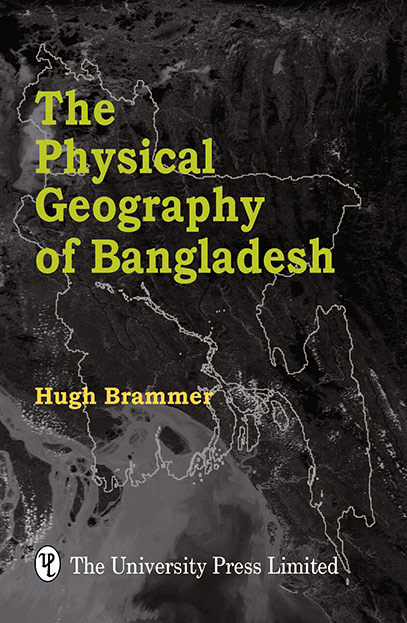
- Shop
- Earth Sciences
- The Physical Geography of Bangladesh
The Physical Geography of Bangladesh
https://uplbooks.com/shop/9789845060493-the-physical-geography-of-bangladesh-8337 https://uplbooks.com/web/image/product.template/8337/image_1920?unique=3d813f3
| Language: English |
Tags :
Book Info
In his eighth book on Bangladesh’s physical environment and agriculture, the author draws together his long experience in surveying, observing and studying the country’s physical geography and provides a revised map of the country’s physiographic regions. He draws attention to the interrelationship between geomorphology and soils, and to the country’s dynamic geomorphology, particularly changes in river courses and the impacts of earthquakes. Chapters 1−6 give a comprehensive description of Bangladesh’s geology, geomorphology, climate, hydrology, and soils. They provide the background for the detailed descriptions of the 18 physiographic regions in Chapter 7−24. A novel feature is a concluding section in each of the latter chapters suggesting further studies that could be undertaken to provide more detailed information on each region’s geomorphological development. Chapter 25 compares the units shown on the geological map of Bangladesh and those on the physiographic map in this book. Differences in interpretation of the field evidence are discussed, especially in relation to the origin of the Madhupur Clay and the soils formed over it. The book is aimed at geographers, geomorphologists, soil scientists and environmentalists – professionals, academics and students – as well as government and aid-donor officials who need to be aware of the great regional diversity, local complexity and dynamism of Bangladesh’s physical environment.

Hugh Brammer
Hugh Brammer (MA, Geography, Cambridge University, 1951) worked on reconnaissance soil surveys in the Gold Coast/Ghana 1951−61, then joined FAO to organise the reconnaissance soil survey of East Pakistan 1961-71. After serving as Senior Soil Scientist in Zambia 1972-74, he returned to Bangladesh in 1974 to serve with the Ministry of Agriculture as land use (later agricultural development) adviser until his retirement from FAO in 1987. Mr Brammer then worked as a consultant for FAO and the World Bank until 1995, including for Bangladesh’s Flood Policy Study (1989), the Flood Action Plan (1989−95) and a Greenhouse Effects Study (1992). He subsequently wrote seven books on soils, agriculture and land use in Bangladesh, published by UPL. In 2006, Mr Brammer initiated


